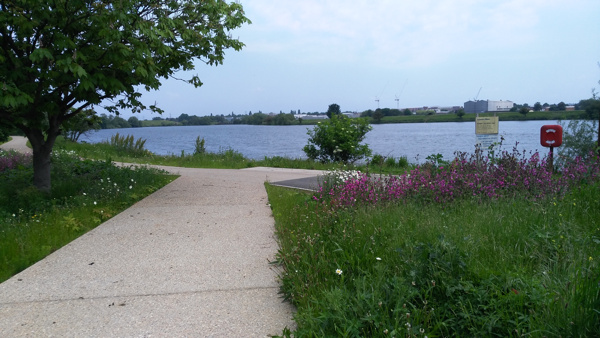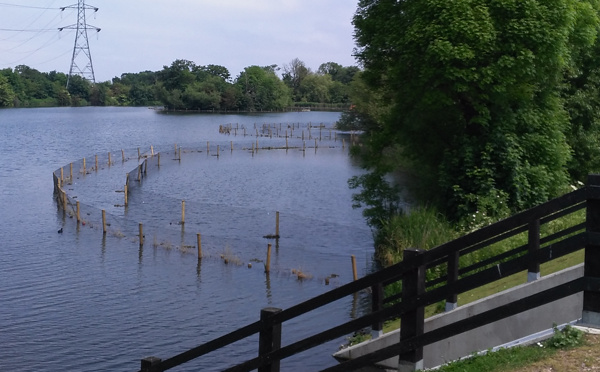I was on a guided tour of the Walthamstow Wetlands today, a huge area of 10 historic reservoirs that has long been the preserve of fishermen, birdwatchers and water company workers, that is about to be turned into a large, publicly accessible nature reserve. The area is near to the Woodbury Wetlands, which similarly was a largely unknown area of water and reeds that has now been opened up, the guest of honour at the opening ceremony last month being none other than Sir David Attenborough. However, Walthamstow Wetlands is ten times larger, and the London Wildlife Trust, who are delivering the tranformations in both areas and led today’s tour, describe Woodbury Wetlands as just a “dress rehearsal” for the Walthamstow Wetlands area, which is 6 times the size and is due to open in 2017. It will be far and away the largest area of wetland habitat in London and one of the most important in Europe.
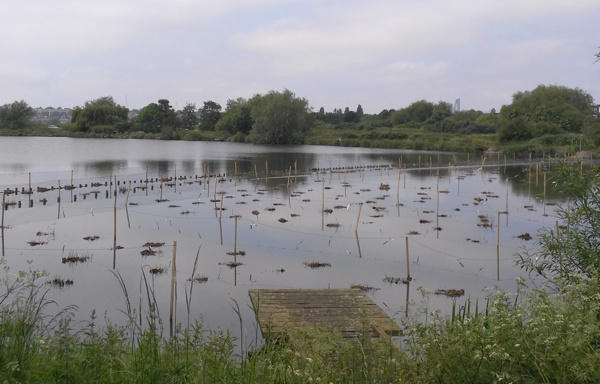
The area is already teaming with birds, other animals, and wildflowers, and some early signs of the conversion are already in progress, compared with my previous visit a few years back. The surface has been laid on a new walking/cycling route that will run the length of the reserve, with two new entrances being created at either end to complement the only current access which is from Ferry Lane in the middle of the reserve. Several areas have been fenced off in the Reservoirs 1, 2 and 3 – the earliest, hand-dug and shallow ones, the aim being to turn these into areas of reed beds to encourage bitterns back into the area. The two main islands, Heron Island and Cormorant Island, are full of their respective birds – the latter island being largely bare of vegetation and full of the squarking animals. Other wildlife spotted included a variety of geese and ducks (some as families), some large fish (the area is a major spot for angling) and many dragonflies. Also, somewhat less fortunately, there was a grass snake near the entrance – run over and squashed presumably by estate traffic.
Plans include complete renovation of the historic engine house in the middle of the site, to act as the main visitor centre, cafe, exhibition and an education facility. The house will have part of its tower rebuilt with hollow bricks, to encourage skylarks to nest. The renovation is well underway with the building gutted and in scaffolding. Various bits of machinery from its days as a pumping house will be retained, although the main pump itself was removed many years ago. At the southern end of the reserve, the central part of the Coppermill building will have a lift added, allowing access into the tower for a great view over the reserve. The look of the building will be carefully preserved, this means the lift will not make it to quite the top of the tower. Access to the reserve, centre and viewpoint will all be free. Possible future plans, subject to the success of the reserve and its ability to be self-funding following opening, will be a second small visitor facility being built in the rest of the Coppermill building, which, for now, remains a storage site for Thames Water.
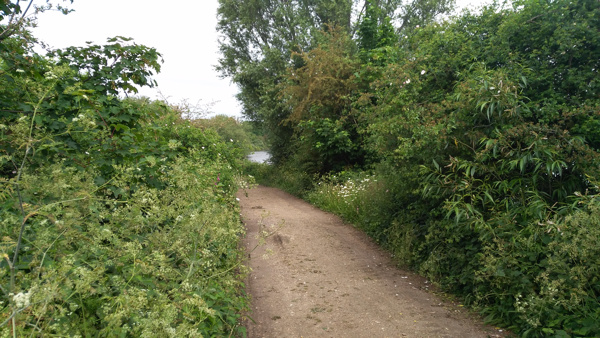
Top and second: Preparation of the new reed beds. Above: One of the tracks through the reserve, which has had bracken removed and has been planted with wildflowers to encourage different kinds of birds. Below: Geese and a swan on another of the reservoirs. Bottom: Looking from Ferry Lane into the north part of the wetlands, which was not part of today’s tour.
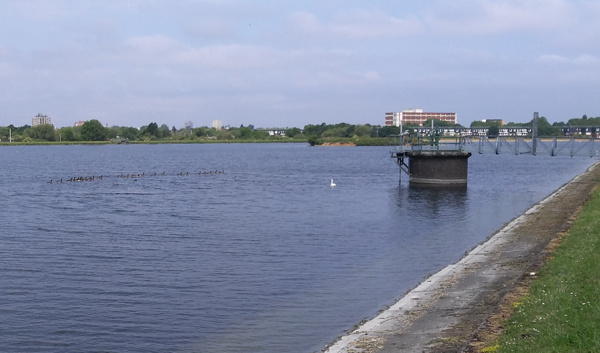
There is more information about the project on the official website.
